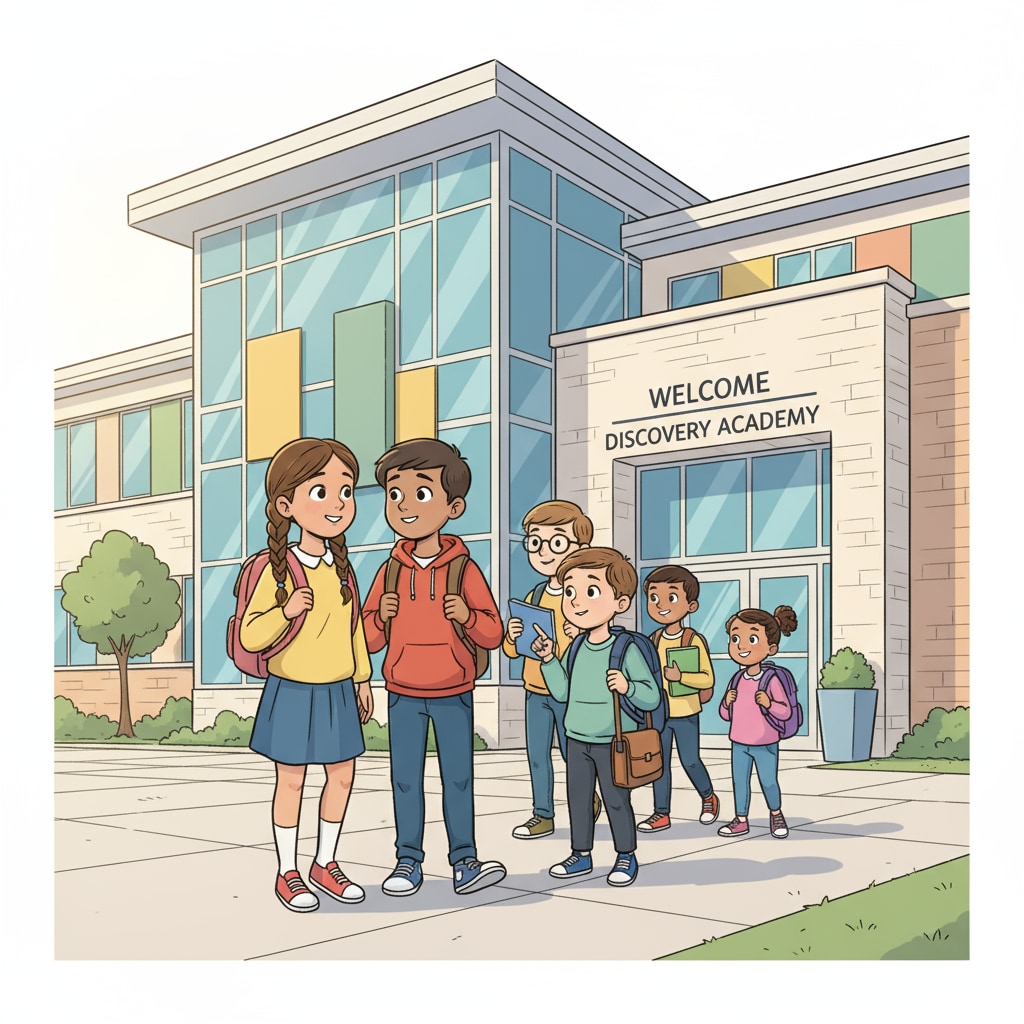Student transition, new school adaptation, and educational research are crucial aspects when it comes to helping K12 students navigate the often-challenging shift to a new educational environment. Whether it’s moving to a new school across town or advancing to a higher grade level, these transitions can bring about a mix of emotions and adjustments for students.

Understanding Student Transitions
Transitions in the educational journey are not just about changing physical spaces or academic levels. According to American Psychological Association’s research on educational transitions, they can have a profound impact on a student’s emotional, social, and academic well-being. For example, students may feel anxious about making new friends, keeping up with new academic demands, or adapting to different teaching styles.
Common Emotional Reactions and Behavior Patterns
When starting at a new school or grade, students often exhibit a range of emotions. Some may be excited about the new opportunities, while others may experience anxiety, shyness, or even withdrawal. Behaviorally, they might become more quiet in class, have trouble concentrating, or display signs of homesickness. Educational Resources Information Center (ERIC) research shows that these reactions are normal responses to the stress of change.

Teachers play a pivotal role in helping students through these transitions. Firstly, creating a warm and inclusive classroom environment is essential. Teachers can organize icebreaker activities on the first day to help students get to know each other. Secondly, providing clear academic expectations and a structured learning environment can reduce students’ anxiety. For instance, outlining the curriculum and assessment methods at the beginning of the term.
Parents also have a significant part to play. At home, they should maintain open communication with their children, listening to their concerns and validating their feelings. Additionally, getting involved in school activities can help parents understand the new environment better and support their children more effectively.
Students themselves can take proactive steps. Encouraging them to set small goals, such as making one new friend in the first week, can boost their confidence. They can also explore the new school during breaks to familiarize themselves with the layout and facilities.
Readability guidance: By understanding the various aspects of student transitions, from the common reactions to the roles of different stakeholders, we can better support students in achieving a smooth transition. This involves creating a positive environment, clear communication, and proactive steps from all parties involved.


